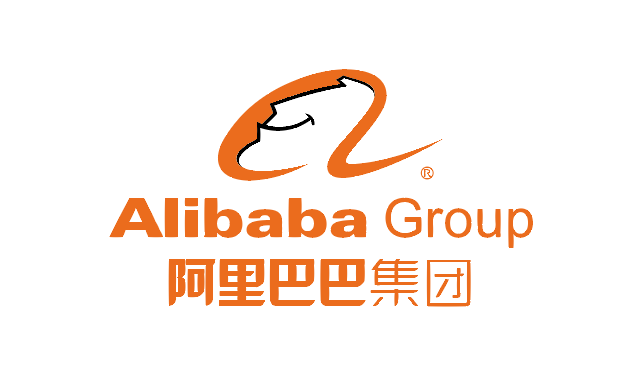Q: WHAT HAS THE QSFP-DD MSA GROUP DEFINED?
A: The QSFP-DD MSA Group has defined the next generation, high-density, high-speed pluggable module form factor that addresses the industry need for high-density, high-speed networking solutions in a backward compatible form factor. The QSFP-DD Specification has been developed and refined by many companies within the QSFP-DD MSA group and released to the public.





























